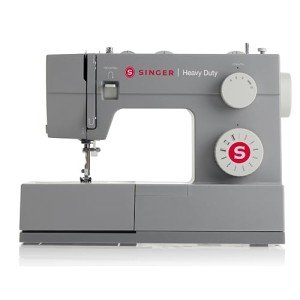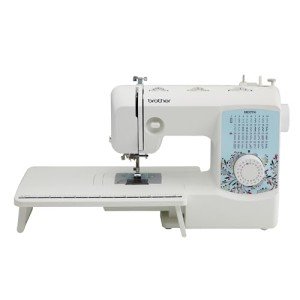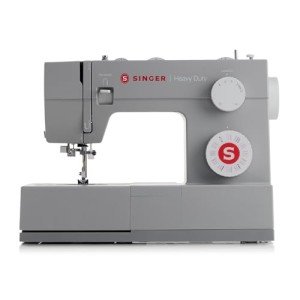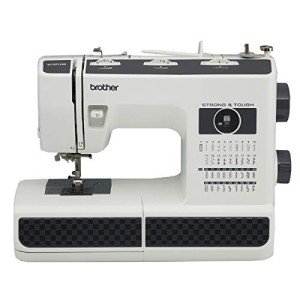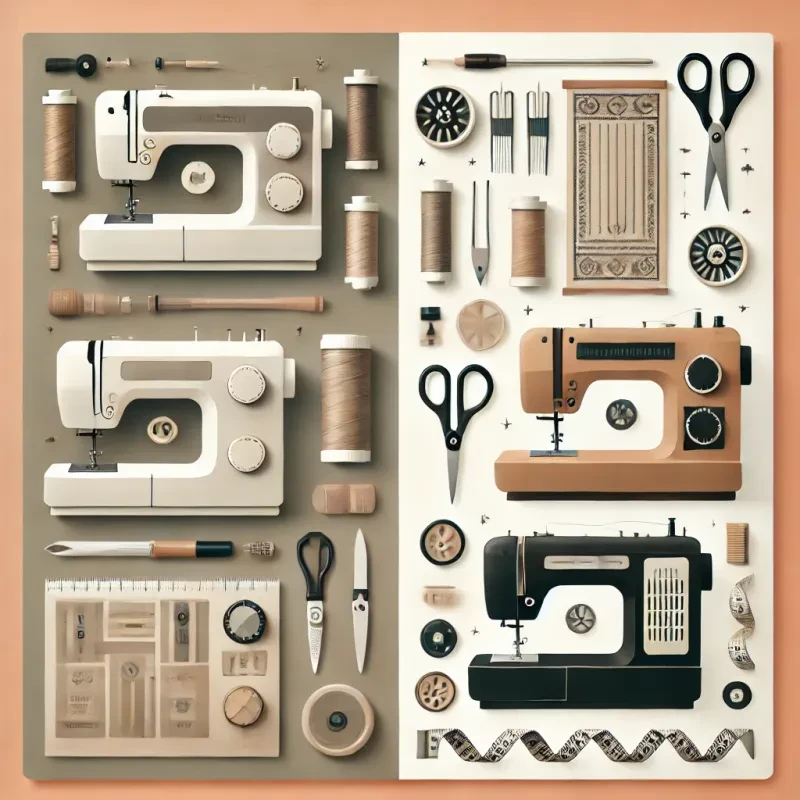Top 10 Sewing Machine Maintenance Tips to Keep Your Machine Running Smoothly
A well-maintained sewing machine is key to ensuring your projects run smoothly and that you achieve professional-quality results. Regular maintenance helps prolong the life of your sewing machine and prevents common issues like skipped stitches, tangled threads, and uneven seams. In this article, we’ll cover the top 10 sewing machine maintenance tips to keep your machine in perfect working order.
1. Clean Your Machine Regularly
Dust, lint, and fabric fibers can build up inside your machine, affecting performance and stitch quality. Make it a habit to clean your sewing machine after every few projects or whenever you see lint accumulation. Use a small brush to remove lint from the bobbin area, feed dogs, and around the presser foot.
Tip: Avoid blowing into the machine, as this can push debris further inside. Instead, use a soft brush or compressed air.
2. Change Your Needle Often
A dull or bent needle can cause fabric snags, skipped stitches, or even damage your sewing machine. Make sure to replace the needle after every 8-10 hours of sewing or when starting a new project, especially if using thicker fabrics or specialty needles.
Tip: Always use the correct needle for your fabric type to prevent needle breakage or uneven stitching.
3. Oil Your Machine
Regular oiling is essential for smooth operation, but be sure to follow your sewing machine’s manual for proper instructions. Some newer models are self-lubricating and don’t require additional oiling, while others need regular application of sewing machine oil.
Tip: Use high-quality sewing machine oil and apply only a few drops to the recommended parts to avoid over-oiling.
4. Clean and Change the Bobbin Case
The bobbin case can accumulate lint and thread debris over time, which can cause issues with tension and stitch quality. Take the time to clean your bobbin case regularly, and ensure you’re using the correct bobbin for your machine.
Tip: Use a small brush to clean the bobbin area and check for any tangled threads that could affect sewing performance.
5. Check Your Tension Settings
Incorrect tension settings can lead to uneven stitches, loops, or puckering fabric. If you notice that your stitches aren’t even, check both the upper and bobbin thread tension. Make adjustments as needed, but always refer to your manual for guidance on how to do this correctly.
Tip: Test your tension on a scrap piece of fabric before starting your project.
6. Keep Your Machine Covered
Dust can accumulate on and inside your sewing machine when it's not in use. Always cover your machine with a dust cover or case when it’s not in use to prevent dust from settling inside the mechanisms.
Tip: If your machine didn’t come with a cover, consider purchasing one or making a custom fabric cover.
7. Use the Right Thread and Bobbin
Using poor-quality thread or the wrong size bobbin can cause tension problems, thread breakage, and poor stitching. Always use high-quality thread and the correct bobbin size for your sewing machine model.
Tip: Don’t mix bobbins between different machine brands or models to avoid tension issues.
8. Check the Feed Dogs
The feed dogs are the small metal teeth under the presser foot that help move fabric through the machine. If they’re clogged with lint or not functioning properly, your fabric may not move smoothly, leading to uneven stitches.
Tip: Regularly clean the feed dogs with a brush and make sure they are engaged correctly, especially when switching between sewing techniques.
9. Keep Your Machine in a Stable Environment
Extreme temperature or humidity changes can affect your sewing machine’s performance. Keep your machine in a stable environment, away from direct sunlight, heat, or moisture.
Tip: If you live in a humid area, consider using a dehumidifier in your sewing space to prevent rust and moisture buildup.
10. Schedule Regular Professional Servicing
Even with regular home maintenance, it’s important to have your sewing machine serviced by a professional once a year. A technician will check for worn-out parts, deep clean the machine, and adjust settings to ensure optimal performance.
Tip: Keep a record of when your machine was last serviced and look for a reputable sewing machine repair shop.
Conclusion
By following these 10 sewing machine maintenance tips, you can keep your machine running smoothly, extend its lifespan, and enjoy consistent, high-quality results with every project. Whether you’re a beginner or a seasoned sewist, regular maintenance will save you time, money, and frustration in the long run. So, grab your manual, a brush, and some oil, and give your sewing machine the care it deserves!
